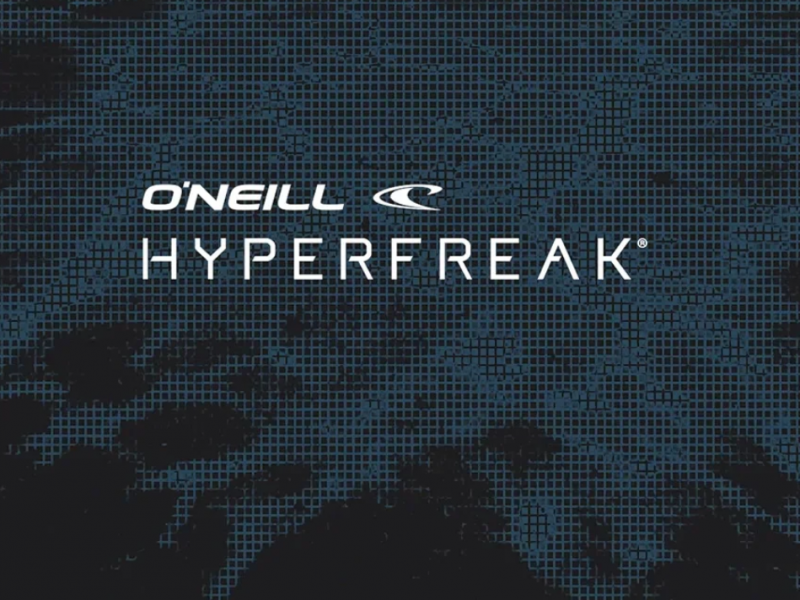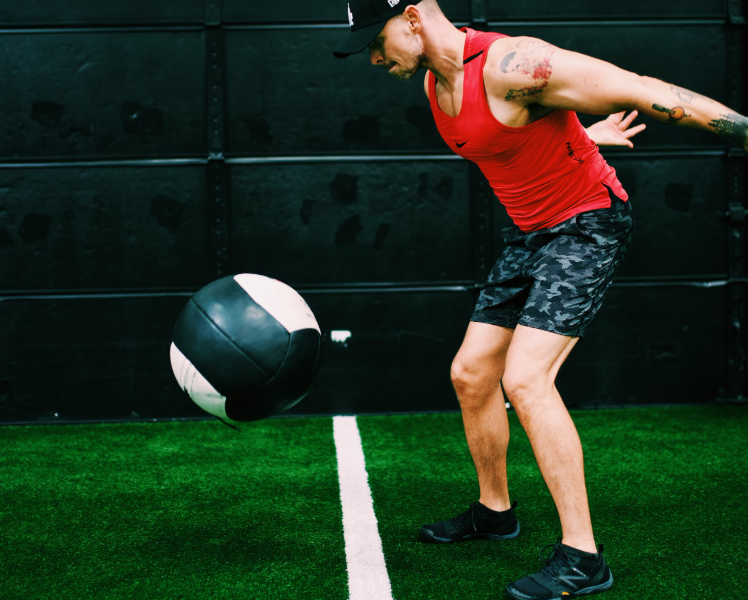Introduction: Why You Need a Weightlifting Belt
When you’re pushing your limits in the gym, especially during heavy lifts like squats or deadlifts, maintaining proper core stability is crucial. This is where a weightlifting belt comes into play. It provides the necessary support to your lower back and abdomen, helping you lift heavier weights safely. But, with so many options available on the market, it can be difficult to know which one is right for you.
In this article, we’ll take an in-depth look at the best weightlifting belts for maximum support and help you decide which one will enhance your lifting experience.

The Importance of Proper Support During Weightlifting
Your core is the foundation of all your lifts. Without proper core activation and support, your posture can break down under heavy weight, leading to potential injuries. A good weightlifting belt helps to increase intra-abdominal pressure, which stabilizes your spine during lifts. This, in turn, reduces the risk of injury and allows you to lift more weight with greater efficiency.
What Makes a Good Weightlifting Belt?
Not all belts are created equal. A high-quality lifting belt should meet several criteria:
- Support: It should offer the right amount of support for your lower back and core.
- Comfort: A belt that’s too tight or too loose can cause discomfort and even injury.
- Durability: Lifting belts are an investment, and you want something that’s built to last.
- Adjustability: A belt with adjustable sizing ensures that it fits properly as your body changes over time.
Let’s explore some of the top options on the market for maximum support.
Top Weightlifting Belts for Maximum Support
1. Inzer Advance Designs Forever Belt
The Inzer Forever Belt is a favorite among powerlifters and serious lifters worldwide. Known for its exceptional durability and support, this belt is designed to handle the most intense workouts.
Features:
- Made from high-quality leather
- 10mm thickness for heavy lifting
- Steel buckle for a secure fit
- Available in different sizes
Pros and Cons:
- Pros: Extremely durable, provides excellent support for heavy lifts, and designed for serious lifters.
- Cons: Can be stiff at first, takes time to break in.
2. Rogue Fitness Ohio Lifting Belt
Rogue Fitness is a reputable brand in the fitness world, and their Ohio Lifting Belt is a top choice for those looking for solid support and comfort.
Features:
- 100% leather construction
- 4-inch width for optimal support
- Double-prong buckle for a secure fit
- Available in different sizes and colors
Pros and Cons:
- Pros: High-quality leather, very comfortable, excellent support for squats and deadlifts.
- Cons: Leather can stiffen over time, and it may require some breaking in.
3. Schiek Sports Model 2004 Lifting Belt
Schiek Sports is known for its innovative designs, and the Model 2004 belt is no exception. It combines comfort and support with a unique design.
Features:
- Made from nylon and a patented cone shape for extra comfort
- 4-inch width
- Velcro closure system for quick adjustments
- Available in various colors
Pros and Cons:
- Pros: Lightweight, easy to adjust, comfortable for long-term wear.
- Cons: Less durable than leather belts, may not offer as much support for very heavy lifts.
4. Element 26 Self-Locking Weightlifting Belt
This modern design from Element 26 is ideal for those who prefer a quick and easy locking system. The self-locking mechanism ensures the belt stays secure during intense lifts.
Features:
- Made from nylon with a self-locking mechanism
- Adjustable for a custom fit
- 4-inch width
- Flexible and lightweight design
Pros and Cons:
- Pros: Quick to put on and take off, highly adjustable, and comfortable.
- Cons: Not as durable as leather belts, may not be suitable for extremely heavy lifts.
5. Pioneer Cut Leather Weightlifting Belt
If you’re looking for a high-end leather belt that offers both comfort and support, the Pioneer Cut Leather Belt is an excellent choice. It’s handmade and designed to fit your body perfectly.
Features:
- Handmade leather belt
- 10mm thickness for maximum support
- Customizable for width and fit
- Prong buckle for a secure fit
Pros and Cons:
- Pros: Extremely durable, offers excellent support for all types of lifts, customizable sizing.
- Cons: Expensive, takes time to break in.
How to Choose the Right Weightlifting Belt
Choosing the right lifting belt depends on several factors. Let’s break down what you should consider before making your purchase.
Thickness and Material Considerations
Most lifting belts come in two materials: leather and nylon. Leather belts are typically more durable and provide more support, making them ideal for heavy lifting. Nylon belts are lighter, more flexible, and offer more comfort, but they may not provide as much support for extremely heavy weights.
The thickness of the belt also plays a role in its support. A 10mm thick belt is typically the go-to for powerlifters, while a 4-inch width is ideal for most athletes.
Width and Fit: Finding the Perfect Size
Make sure the belt fits your body properly. A good rule of thumb is to choose a belt that’s wide enough to cover your entire lower back and abdomen. Most belts come in widths ranging from 3 to 4 inches.
Lever vs. Prong Buckles: Which is Better?
Lever buckles provide a more secure and tight fit with less adjustment needed, but they can be harder to adjust between sets. Prong buckles are easier to adjust but may not provide as tight a fit as lever buckles.
Conclusion: The Best Belt for Your Lifts
In conclusion, the best weightlifting belt for you depends on your needs and preferences. Whether you opt for the rugged durability of the Inzer Forever Belt or the quick adjustability of the Element 26 Self-Locking Belt, each option offers unique features tailored to support your lifting goals. When selecting your belt, consider factors like material, thickness, width, and the type of buckle to find the perfect match.
FAQs
1. Do I need a weightlifting belt for all exercises?
No, you don’t need a belt for every exercise. A lifting belt is most beneficial during heavy compound lifts like squats and deadlifts, where the added core support is needed.
2. What’s the difference between a leather and nylon belt?
Leather belts are more durable and provide more support, making them ideal for heavy lifting. Nylon belts are lighter and more comfortable, but they may not offer as much support.
3. How tight should my lifting belt be?
Your lifting belt should be tight enough to provide support but not so tight that you can’t breathe or move. It should feel secure without restricting your range of motion.
4. Can a lifting belt prevent injuries?
While a lifting belt won’t prevent all injuries, it can reduce the risk of lower back injuries by providing extra support to your spine and core during heavy lifts.
5. How do I properly care for my weightlifting belt?
To care for a leather belt, keep it clean and conditioned. For nylon belts, wash them with mild detergent and air dry. Always store your belt in a cool, dry place away from direct sunlight.


